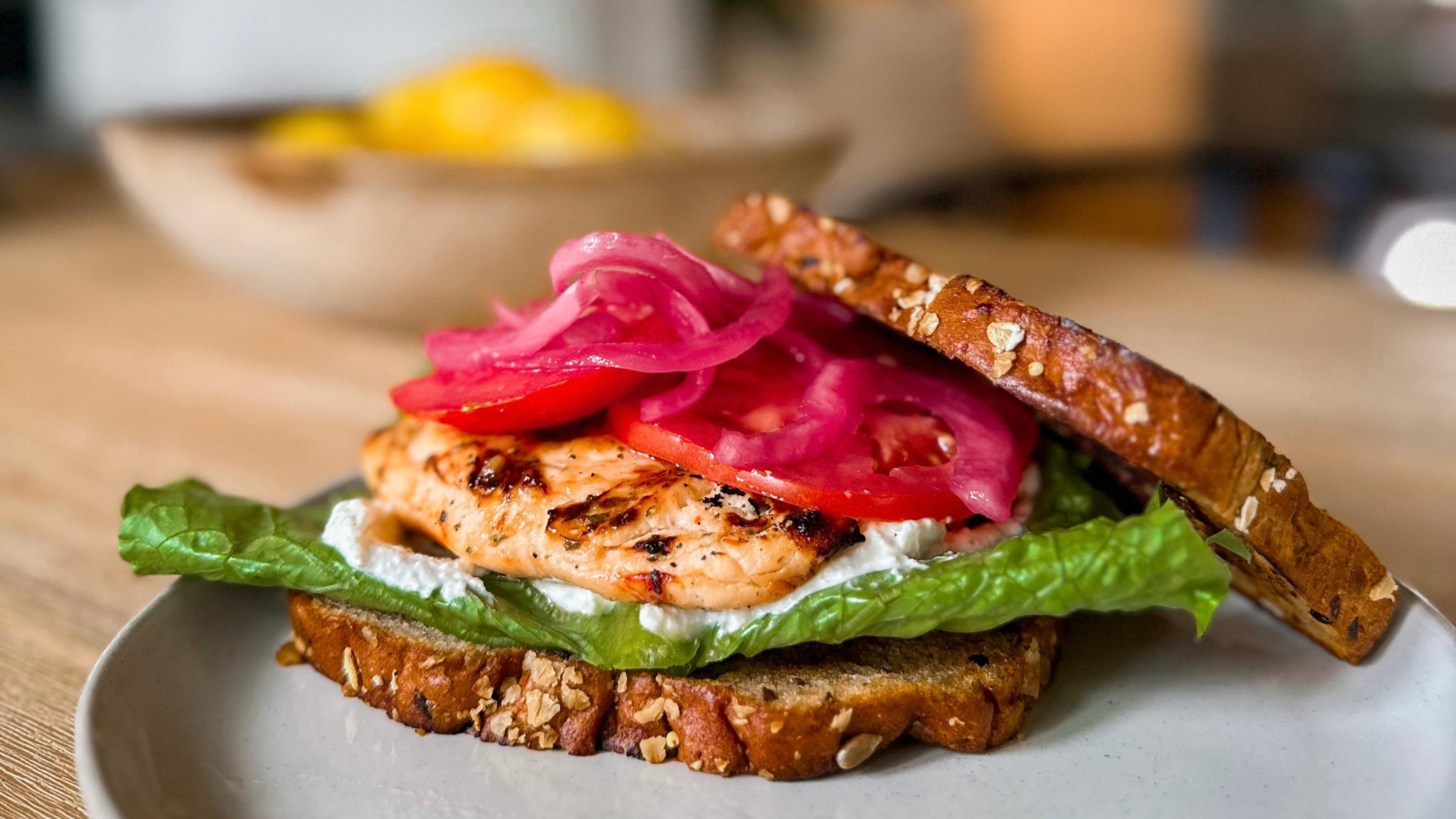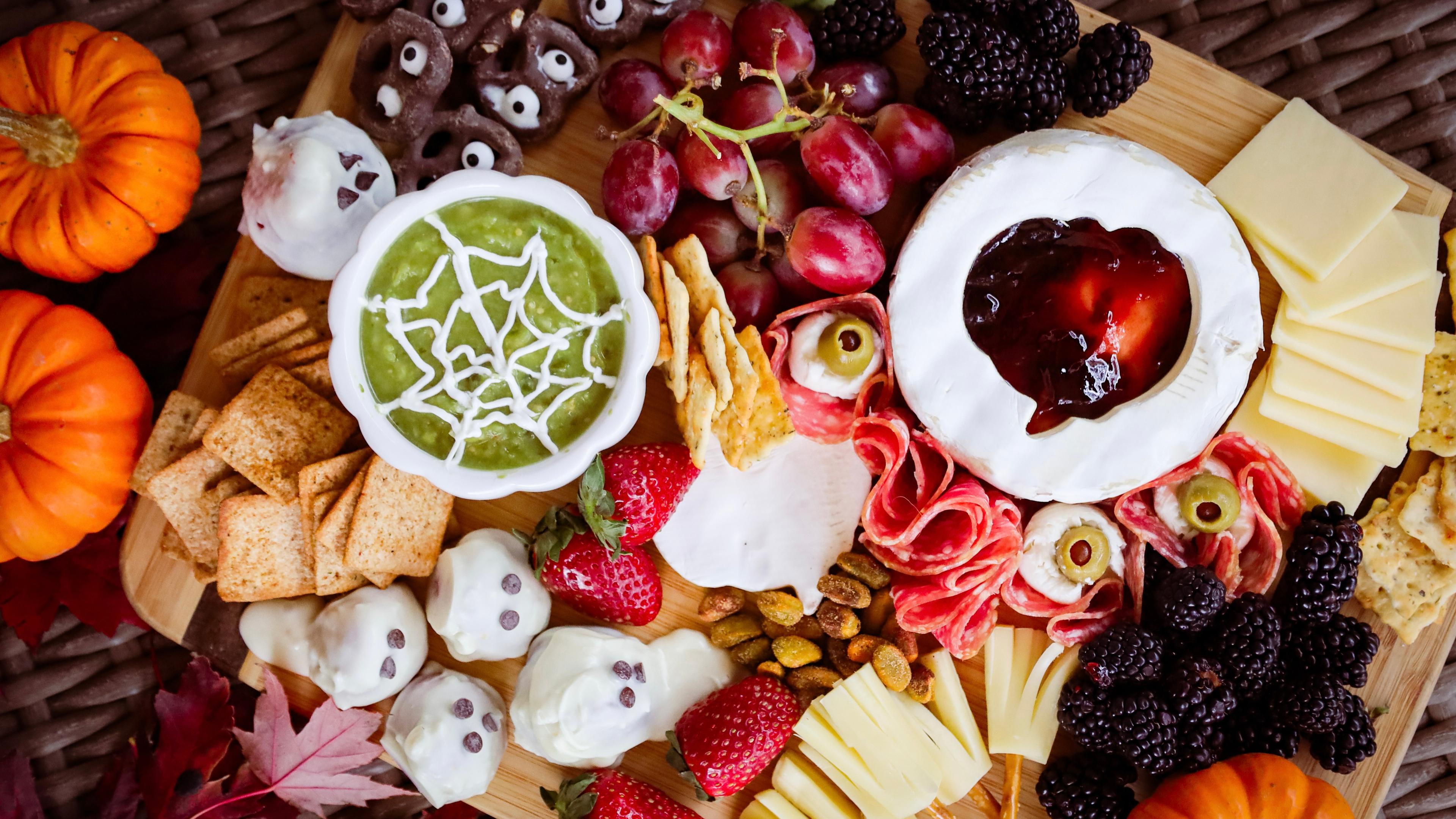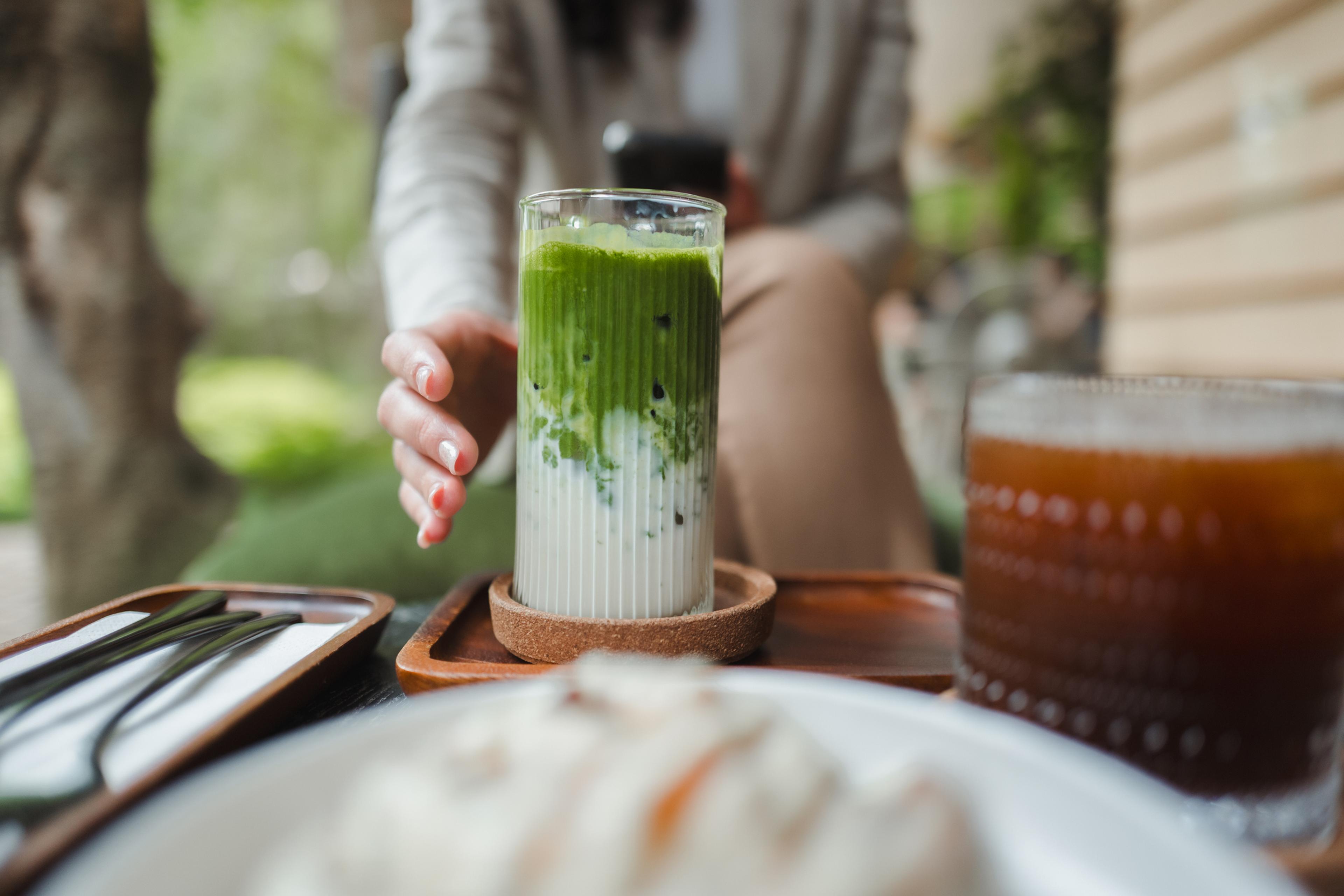Eat the Rainbow with These Colorful Recipes

Angelina Truchan
| 2 min read

One fun way to make sure you are getting all of your essential nutrients throughout your day is to include as many colors as possible. Each color represents different essential vitamins and minerals that you need. Here’s a quick snapshot:
• Red foods contain lycopene, anthocyanins, beta-carotene and vitamin C. Lycopene is a strong antioxidant linked to reducing the risk of cancer. Specifically, tomatoes are said to fight the threat of heart disease and berries are linked to a lower risk of cancer, diabetes, inflammation and neurological diseases.
• Orange foods contain beta-carotene, alpha-carotene and beta-cryptoxanthin which support healthy skin, hair and vision. It is also a phytonutrient that helps make vitamin A in the body. Vitamin A is important for night vision and the vitamin C found in citrus fruits improves immune health. Yellow foods are also high in folate, supporting red blood cell functions.
• Green foodscontain essential micronutrients like iron and their high fiber content lowers the glycemic index of foods eaten along with them. These foods also contain vitamin B for energy, vitamins C and E to fight off free radicals that promote disease and offer calcium for bone health. The alkaline found in green foods can also help reduce acidity.
• Blue and purple foodshave high amounts of potassium, which help oxygen flow throughout the brain and body, which can help alleviate allergies and inflammation. The most unique benefits of blue and purple food is their ability to assist in preventing urinary tract infections, fight ulcers and prevent other diseases caused by cell damage.
• Healthy, white foodsinclude those that are tan or brown on the outside and white on the inside. One of the most common cancer-fighting antioxidants in white foods is called anthoxanthin. Garlic, ginger, onions and all allium vegetables also contain an antioxidant called allicin, shown to act as a natural antibiotic to help boost the immune system.
• Orange foods contain beta-carotene, alpha-carotene and beta-cryptoxanthin which support healthy skin, hair and vision. It is also a phytonutrient that helps make vitamin A in the body. Vitamin A is important for night vision and the vitamin C found in citrus fruits improves immune health. Yellow foods are also high in folate, supporting red blood cell functions.
• Green foodscontain essential micronutrients like iron and their high fiber content lowers the glycemic index of foods eaten along with them. These foods also contain vitamin B for energy, vitamins C and E to fight off free radicals that promote disease and offer calcium for bone health. The alkaline found in green foods can also help reduce acidity.
• Blue and purple foodshave high amounts of potassium, which help oxygen flow throughout the brain and body, which can help alleviate allergies and inflammation. The most unique benefits of blue and purple food is their ability to assist in preventing urinary tract infections, fight ulcers and prevent other diseases caused by cell damage.
• Healthy, white foodsinclude those that are tan or brown on the outside and white on the inside. One of the most common cancer-fighting antioxidants in white foods is called anthoxanthin. Garlic, ginger, onions and all allium vegetables also contain an antioxidant called allicin, shown to act as a natural antibiotic to help boost the immune system.
Eat your colors by taking in plenty of fruits and vegetables. Check out these delicious, colorful recipes that taste even better than they look:
If you enjoyed this post, you might also like:
Photo credit: A Healthier Michigan





